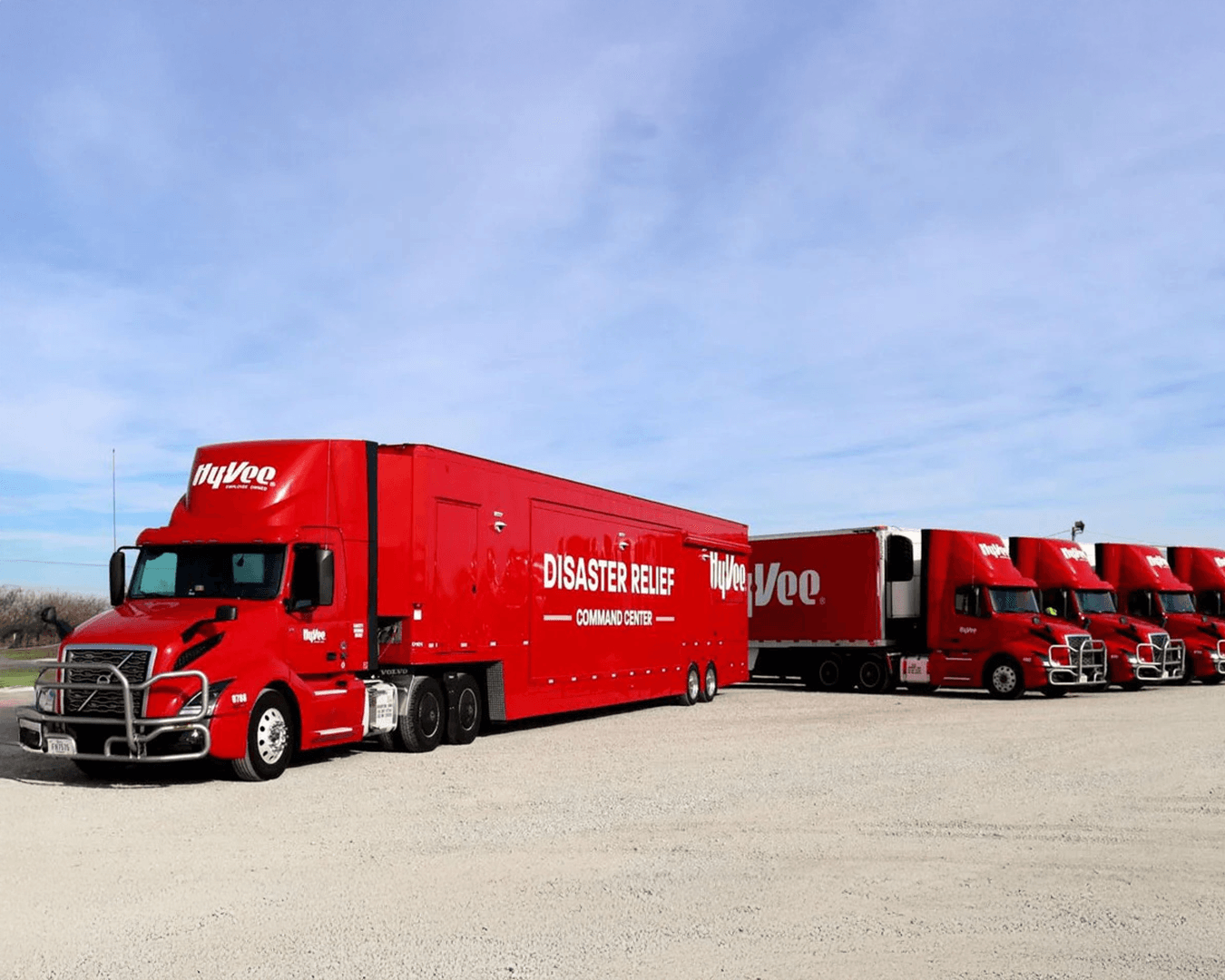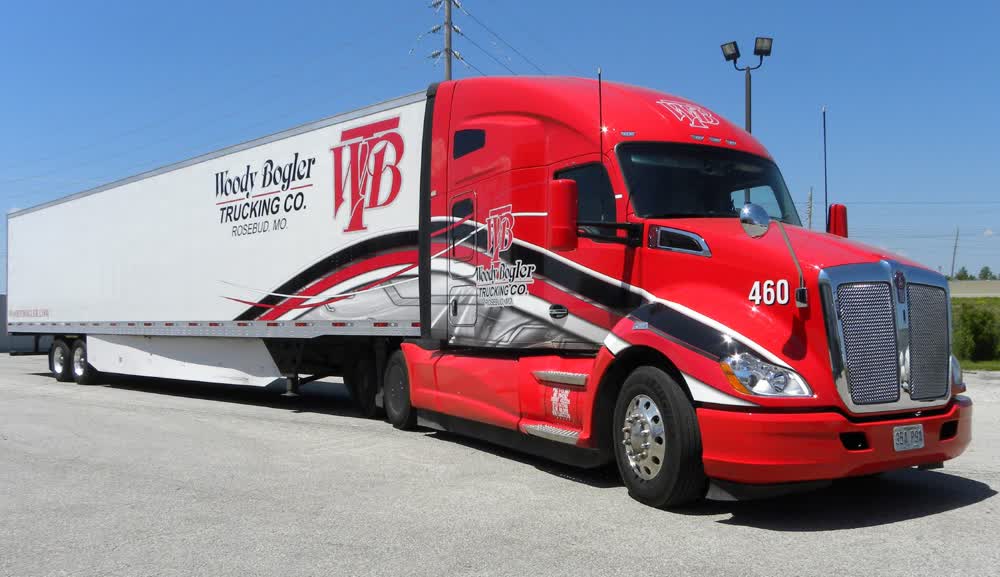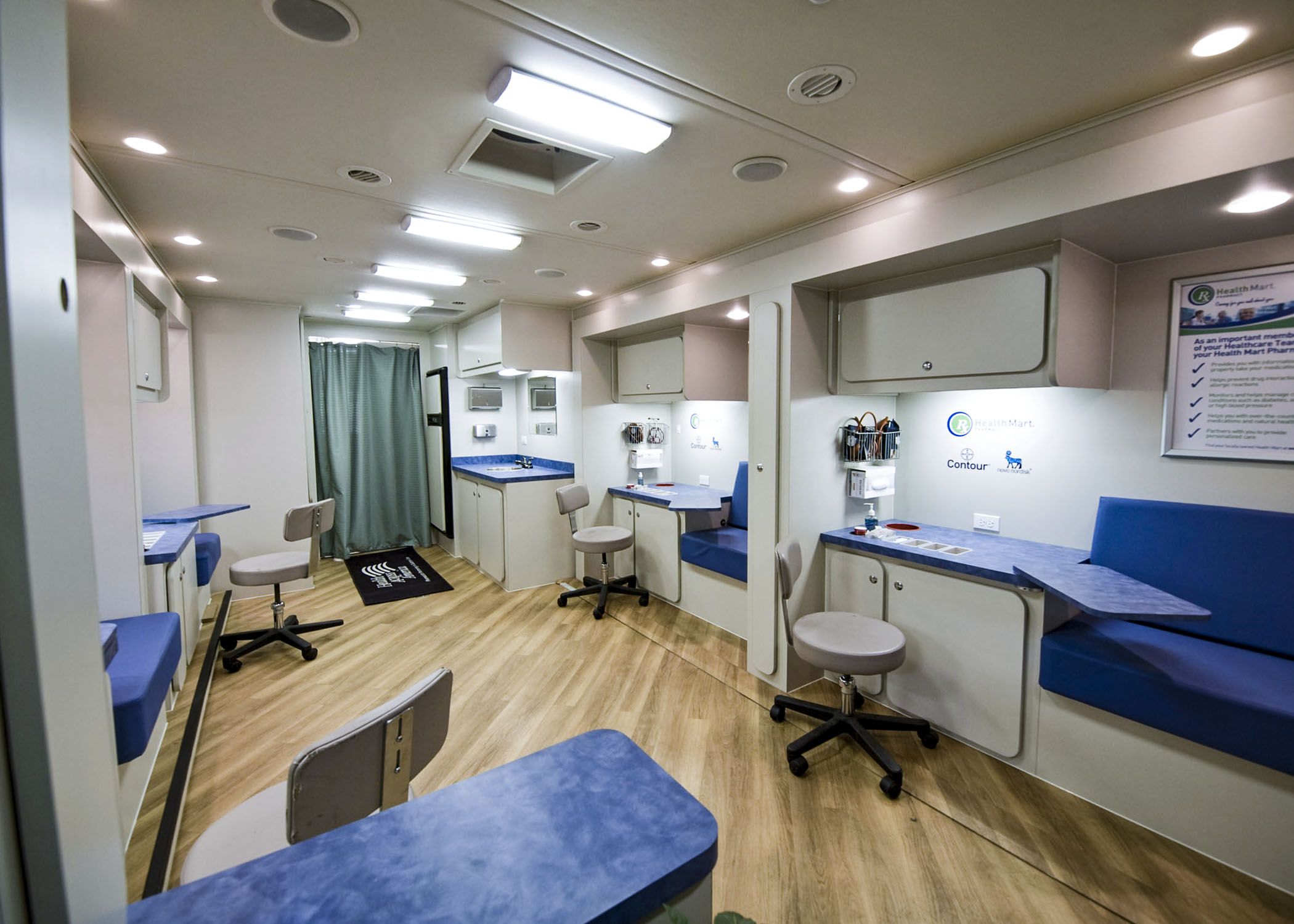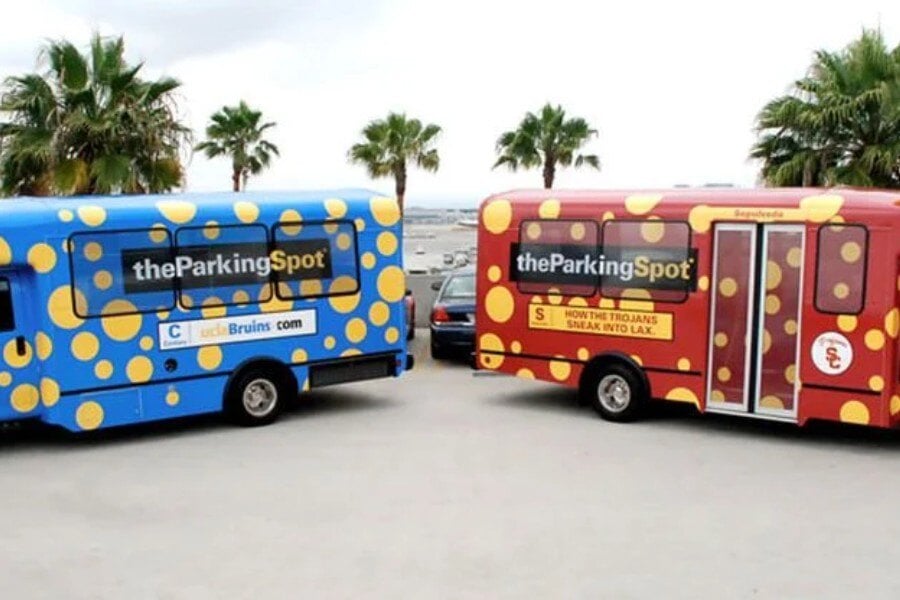Avoid These Common Mistakes in Vehicle Wrap Design
Vehicle wraps can turn your company’s fleet of vehicles into advertisements on wheels. Fleet graphics are cost-effective and high-impact. They...
4 min read
Craftsmen Industries Aug 5, 2025 5:39:16 AM

When disaster hits, time is precious, and disaster response vehicles aren't just trucks or vans; they're lifelines. These vehicles must be rugged, reliable, and prepared for anything. The design has to support fast deployment, keep lifesaving gear organized, and protect the people inside while they work.
At Craftsmen Industries, we understand the importance of designing vehicles that meet the actual demands on the ground. Effective disaster response vehicle design encompasses more than just a robust build; it involves mission readiness, seamless logistics, and safety for every responder. Let's walk through what makes these vehicles tick and why every design detail matters.
Different disasters call for different vehicles. A mobile medical unit isn't the same as a command center, and a communications trailer serves a different role than a rescue support vehicle. The key is matching vehicle design to the mission.
Each vehicle type has its layout and equipment tailored to the specific job at hand, ensuring responders can work efficiently in the field.
Disaster response is a race against the clock, where the cost of failure is measured in lives and livelihoods. A truck that becomes bogged down in debris or loses communication in a dead zone can set back a response by hours. In other words, designing once and deploying everywhere is no longer a luxury; it's the baseline. Here are the top considerations you need to take into account.
In disaster zones, you can't count on plugging in. These vehicles have to generate and manage their power for days on end, following FEMA field power guidelines for mobile units.
Most have powerful generators onboard, backed up by solar panels and large battery banks. HVAC systems maintain a comfortable interior, even in extreme temperatures, allowing crews to focus on their work.
Fuel tanks are sized to last, so you don't need to stop every few hours to refuel. Additionally, intelligent power management balances loads and keeps everything running smoothly, whether you're off-grid or connected to shore power.
Staying connected is critical. These vehicles aren't just mobile shelters, they're communication hubs.
You'll find satellite dishes, radios, and mesh networks all built in. If one system goes down, LTE fallback or redundant channels keep the conversation going.
Secure, encrypted connections safeguard sensitive data, and GPS tracking facilitates team coordination and asset tracking, aligned with CISA mobile security protocols. It's all about giving responders the info they need, right when they need it.
Inside the vehicle, every inch counts. A smart interior keeps teams organized, comfortable, and ready for long shifts.
Modular workstations enable you to customize the space according to the mission's requirements. Equipment bays keep tools within reach but out of the way. There's space for briefings and planning, as well as sanitation modules to maintain cleanliness.
Lighting is designed for all conditions, including night-vision compatible options, and antimicrobial surfaces help maintain hygiene. The layout is efficient, safe, and designed to make long days a little easier.
These vehicles take a beating. From extreme weather to rough terrain, materials must withstand and meet safety standards.
Weatherproof, UV-resistant finishes keep the outside looking good and prevent damage. Fire-resistant panels provide an added layer of safety. Hardware and seals resist corrosion and water damage.
Inside, non-slip floors and modular steel frames offer durability and safety. All materials and builds meet strict ISO and AS certifications to ensure quality and reliability.
Buying the vehicle is just the beginning. Keeping it mission-ready means that training, maintenance, and support matter just as much.
We provide operator and technician training to ensure crews know how to use and maintain their vehicles effectively. Scheduled maintenance plans and service contracts ensure that things run smoothly.
We ensure that parts are available and support hotlines are in place when you need them. This keeps downtime low and mission uptime high, ensuring your investment delivers a return over the long term.
These vehicles can be highly customized. Modular interiors and specialized equipment mean you get exactly what you need, whether it's medical gear, comms tools, or rescue equipment.
Four-wheel drive, raised suspension, skid plates, and traction control are the must-haves. They let you tackle mud, rocks, and flooded streets without getting stuck or damaging the vehicle.
They use onboard generators, solar panels, large battery banks, and well-sized fuel tanks. This setup keeps systems running long after the grid goes down.
Absolutely. They combine satellite, radio, LTE fallback, and mesh networking to maintain open communication lines, regardless of the circumstances.
Training encompasses vehicle operation, preventive maintenance, troubleshooting, and the use of mission-specific equipment. The goal is readiness and safety from the very beginning.
Building a disaster response vehicle that works right means getting every detail right, from mobility and power to communication and comfort. At Craftsmen Industries, we understand what it takes to create dependable, mission-ready vehicles that perform under pressure.
Let's discuss your unique requirements and design a vehicle that gives your team the edge when it matters most. Contact us today to get started.

Vehicle wraps can turn your company’s fleet of vehicles into advertisements on wheels. Fleet graphics are cost-effective and high-impact. They...

We continue to adapt our operations as outlined in FEMA’s pandemic operational guidance, which helps emergency managers prepare for disaster response...

In today’s fast-paced and competitive market, grabbing attention is more important than ever. While online ads may disappear after a click, fleet...